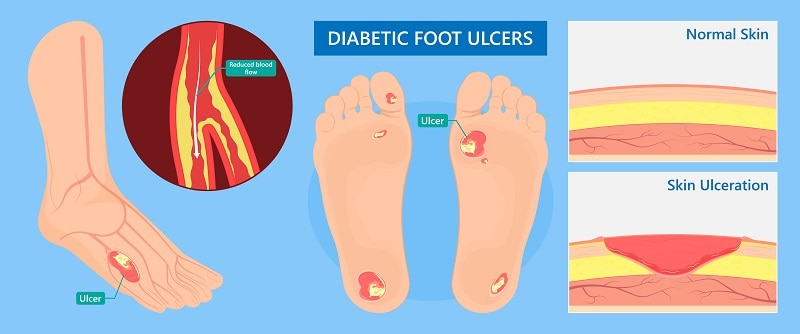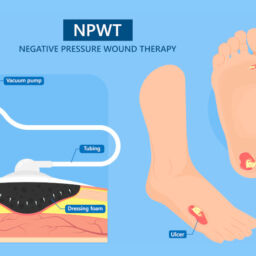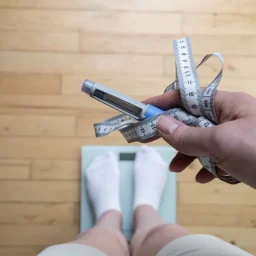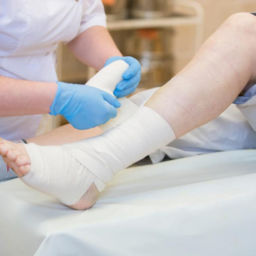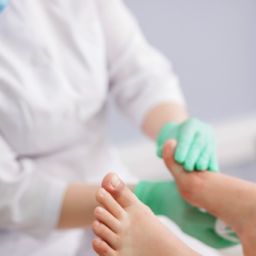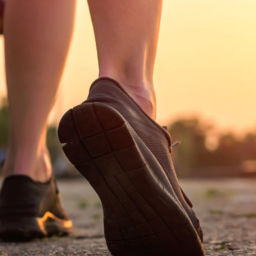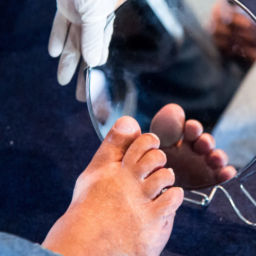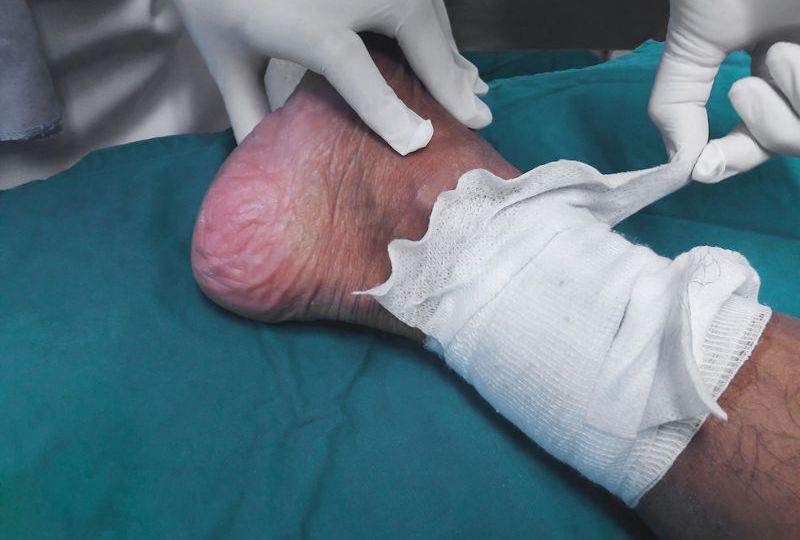
The numbers speak for themselves – WOUND CARE AND LIMB SALVAGE
According to the United States (US) Centers for Disease Control, there were 29.1 million Americans of all ages or 9.3% of the population in 2014 who had diabetes either diagnosed or undiagnosed, a figure that has increased by fivefold since 1980. An estimated 21 million persons were diagnosed with the disease, while an additional 8.1 million remain undiagnosed. By 2050, as many as 1 out of every 3 adults in the US could have diabetes if the trend continues. Indeed, foot ulceration is the most common single precursor of lower extremity amputations among persons with diabetes and is a precursor to approximately 85% of the lower extremity amputations within this population.
In the US, diabetes has been the most common underlying cause of non-traumatic lower extremity amputations, more than 60% of non-traumatic lower extremity amputations occur in diabetic persons. Over 73,000 non-traumatic lower-limb amputations are performed in the US for people with diabetes annually. Unfortunately, after one major lower-extremity amputation, the 5-year survival rate is estimated to be 50%, worse than those of most malignancies and second only to that of lung cancer. Moreover, once amputation occurs, 50% of the patients will develop an ulcer in the contralateral limb within 5 years. For amputation survivors, day-to-day functioning is greatly impaired. Many cannot walk, with or without the use of a cane or walker.
Adverse effects of amputations
Over 73,000 non-traumatic lower-limb amputations are performed in the US for people with diabetes annually. Unfortunately, after one major lower-extremity amputation, the 5-year survival rate is estimated to be 50%, worse than those of most malignancies and second only to that of lung cancer. Moreover, once amputation occurs, 50% of the patients will develop an ulcer in the contralateral limb within 5 years. For amputation survivors, day-to-day functioning is greatly impaired. Many cannot walk, with or without the use of a cane or walker. Therefore, one can Understand a grave picture of the seriousness of the complex non-healing foot ulcers that carry these high risks. This is why it is extremely important not to settle for anything but the very best for wound care and diabetic limb salvage.
Tips for Diabetic Foot Care
For wounds, one has several options, attempt to treat yourself, go to the wound care center, or come to Certified Foot and Ankle Specialists. Hands down, there are several advantages coming to a Certified Foot and Ankle Specialist location.
In order to heal complex ulcers, there are 5 M’s then need to be taken into account for diabetic foot care which we do routinely at a Certified Foot and Ankle Specialist location:
- Metabolic: This takes into account systemic factors related to your whole health or other medical core morbidities that you may face – this may be affecting your body’s ability to heal an ulcer. This may include for example undiagnosed diabetes or uncontrolled blood sugar levels, peripheral neuropathy, gout, psoriasis, rheumatoid arthritis which all affect the body’s immune system and overall inflammation. In addition to this, Certified Foot and Ankle Specialists can order specialized amniotic skin substitute wound grafts to significantly reduce healing time and quality of tissue healing.
- Microbial load: some bacterial and fungal organisms are more infectious or virulent than others. In some can have underlying antibiotic resistance. There is also such thing is a healthy normal skin flora and an overt bacterial acute or a chronic infection. Depending on the depth and severity of the infection of the ulceration, this may require a combination of topical, oral, or intravenous antibiotics. You certified foot and ankle doctor can help determine the appropriate duration and dosage for medication to determine if is actually effective And avoid antibiotic resistance.
- Macro and microcirculation: Common pitfall providers often face when attempting to assess the circulation is assuming that because there are palpable pulses that patient has adequate circulation specifically heel and ulcer in a particular Anatomic area of the body. There is a concept known as Angiosomes, and edges sewn is a 3-dimensional block of tissue fed by a source or a named artery. What this means is that patient may have a palpable pulse but that pulse or flow may not be consistent with the location of the ulcer and so that the ulcer site is not obtaining an adequate circulation. The way to determine if there is significant impairment of the circulation is to order in-depth vascular studies which also can be performed at Certified Foot and Ankle Specialists.
- Mechanical: Often 3-8 times the body weight can be imposed on the musculoskeletal structures of the foot during weight-bearing. So any signs of callus thickened skin irregular skin rough edges can be a sign of excessive pressure formation. Instead of getting over-the-counter or not personalized offloading measures and pads, medical-grade offloading boots, casts, or hand-cut offloading pads can be cut to each particular patient in each particular ulcer as needed.
- Mental-Healing a complex wound takes commitment and sacrifice and oftentimes patients need the encouragement and the accountability that not only includes a Certified Wound Care expert but a whole host of a medical team can stand by your side during this process that can be challenging.
The top two take-home points, which are most crucial to ulcer healing are as follows:
- Personalized care with a full medical workup.
Having experience working personally in the wound care center myself, oftentimes it is treated like a factory of wounds one after another. Often utilizing very similar materials or products to attempt healing for convenience’s sake. Another issue a provider faces in the wound care center is falling in the pitfall of assuming that 2 ulcers are the same or similar. Even on the same person’s own body or the same extremity 2 ulcers can be entirely different. Typically, in wound care center treatments are very generalized and broad-spectrum, failing to hone into the root cause. Instead of simply treating the hole in the leg, we treat the patient as a whole.
- Several services are made readily available in-house-ranging from performing vascular studies and testing, treating venous disease which is can be a major factor for ulceration.
Dermatopathology has to obtain a very efficient and accurate biopsy and tissue samples to determine if there is a deeper infection or even possibly malignancy affiliated with the wound, or if it needs more urgent or specialized intervention. Furthermore, several in-house imaging modalities are available ranging from x-ray, CT scan, ultrasound, or MRI, which can also further help to determine the extent and depth of the ulcer and possible underlying infection.
When it comes to your health and wound care healing do not settle for anything but the very best, and your very best is at a Certified Foot and Ankle Specialists location near you. Wound care limb salvage needs to be addressed for family members, friends and yourself before it becomes life debilitating.
Dr. Felipe Peterson, DPM, DABPM
Certified Foot and Ankle Specialist – St. Petersburg, Florida
